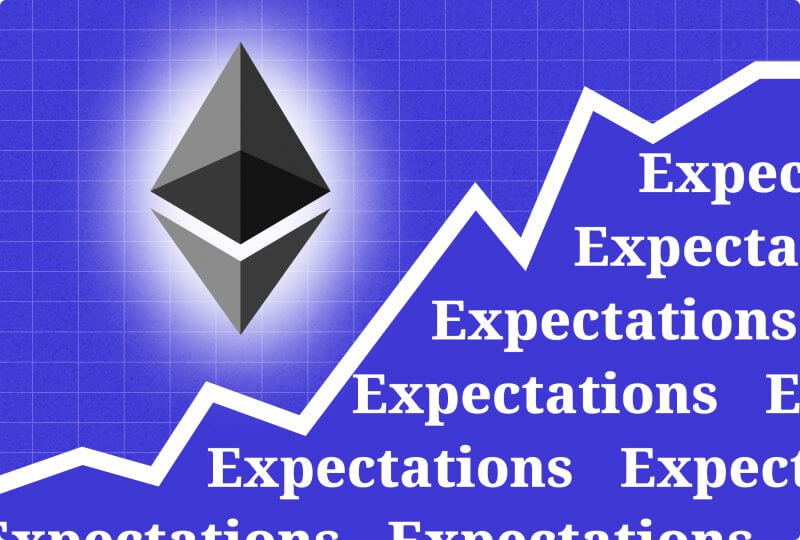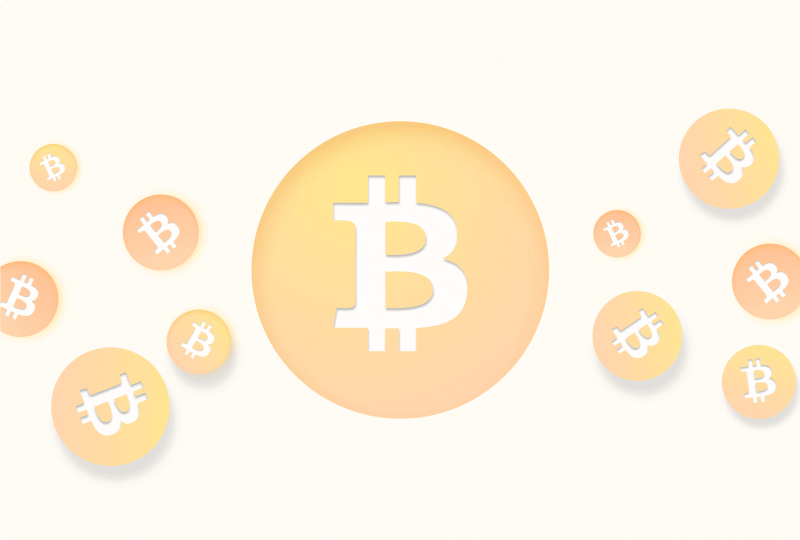Ethereum ETFs Debut: A Gift for Investors or a Missed Opportunity?
July 24, 2024

Exciting news about crypto circulates almost daily, which means that the adoption process is slow but progressing. The SEC recently approved Ethereum ETFs in the US, providing investors with a new avenue to participate in the second-largest cryptocurrency globally.
In light of Ethereum news, we will examine expert forecasts for Ethereum’s price and market expansion, considering any concerns about investor demand and short-term price swings.
What Can be the Impact of The Approval?
On July 23, 2024, a big milestone was reached in the cryptocurrency investing sector as the first Ethereum ETFs were introduced in the US. Just as gold ETFs contain actual gold, Ethereum ETFs work by holding underlying Ethereum assets. This structure enables investors to obtain exposure to Ethereum’s price fluctuations through a well-known investment instrument traded on regulated stock exchanges. This eliminates all the hassles involved with directly obtaining and keeping Ethereum, like handling private keys and figuring out cryptocurrency wallets. Conventional investors who are used to exchange-traded funds can participate in the Ethereum market without changing their tried-and-true investing methods.
The introduction of Ethereum ETFs may draw in further funding for the Ethereum market. Investors previously hesitant owing to perceived risks or complications of directly owning cryptocurrencies can now participate through a regulated and transparent product. This fresh round of funding may encourage expansion within the Ethereum network, which might raise its price.
Possible Benefits
Thanks to the introduction of Ethereum ETFs, traditional investors can now participate in the Ethereum market without dealing with the hassles of directly obtaining and keeping Ethereum tokens. With prices ranging from $3,460.85 as of July 24, 2024, it may be a desirable investment for some. However, for people who need to become more familiar with the technology, directly obtaining Ethereum requires handling private keys and navigating cryptocurrency wallets, which can be scary.
Ethereum ETFs provide a dependable investment vehicle, removing these obstacles. Just like they would with stocks or other conventional securities, investors can purchase and sell shares of an exchange-traded fund on a regulated stock exchange. As a result of its enhanced accessibility, more investors may become interested in the Ethereum market.
Potential for Market Growth
The introduction of Ethereum ETFs may stimulate market expansion within the Ethereum network. By providing a transparent and regulated product, ETFs can potentially draw in new investors. These investors may have been deterred by the perceived dangers or complexity of directly owning cryptocurrencies.
Infusion of fresh capital may increase the demand for Ethereum, which could raise the cost of the underlying asset. Even though the direction of future price swings is unknown, more people participating in the market through ETFs may help the Ethereum market expand.
Final Thoughts: Uncertainties and Challenges
Ethereum ETFs present promising opportunities, but there are still some unanswered questions. Compared to Bitcoin ETFs, analysts forecast lesser initial demand; this could be because Ethereum is less popular and because existing products do not include staking features.
We still need to find out the full effect of Ethereum ETFs. Enhanced availability and prospective expansion of the market are evident advantages. Less demand and transient price swings, however, present difficulties. It remains to be seen if Ethereum ETFs are a financial windfall for investors, bringing in a new era of involvement, or if they are a lost opportunity that falls short of expectations.
The continuing discussion regarding cryptocurrency in traditional finance further complicates this story. The way these variables develop over the next few months and years will determine the fate of Ethereum ETFs and how they ultimately respond to the “gift or missed opportunity” dilemma.




